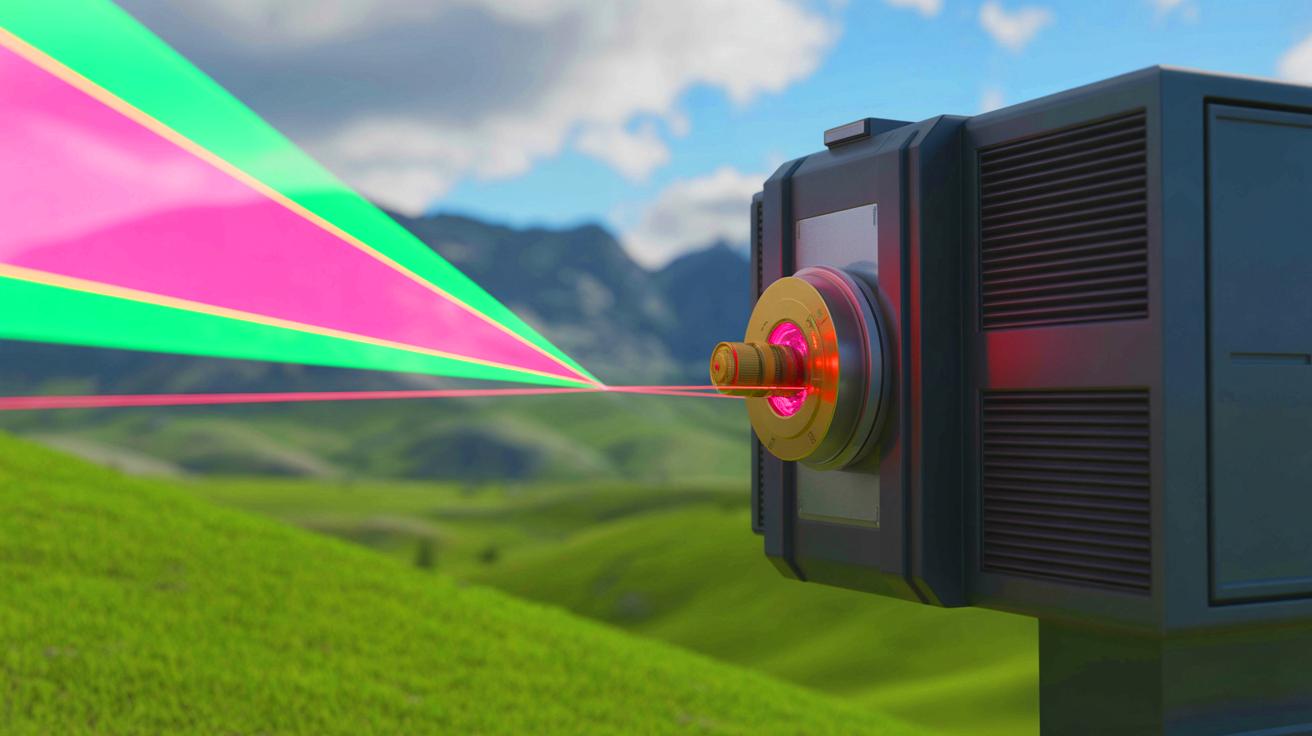You've heard of the lasers that can read your computer screen by targeting your window?
Well, here's the latest version: it doesn't even have to be a computer screen anymore. Now they can even read your tiniest handwritten notes.
The technology works off "synthetic aperture interferometry", a version of the same thing as synthetic aperture radar. It uses the thermal properties of light.

 www.sustainability-times.com
www.sustainability-times.com
Well, here's the latest version: it doesn't even have to be a computer screen anymore. Now they can even read your tiniest handwritten notes.
The technology works off "synthetic aperture interferometry", a version of the same thing as synthetic aperture radar. It uses the thermal properties of light.

“We Can Read Your Secrets From a Mile Away”: China Unleashes Laser Tech That Detects Sesame-Sized Text With Brutal Precision - Sustainability Times
IN A NUTSHELL 🔬 Chinese scientists have developed a cutting-edge laser-based system capable of reading tiny text from nearly a mile away. 🌌 This innovation relies on active intensity interferometry to reconstruct detailed images by analyzing light behavior. 🏛️ Potential applications include...
